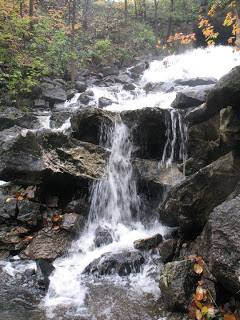
The Land tells you what to do…
*****
I watched a documentary film yesterday called ‘TableLand’, which was being showcased as a part of Pop Montreal’s yearly movie series: For more info: http://www.p1-productions.com/tableland.html.
The movie’s focus was on small-scale food production, and the leaders of the movement towards a sustainable food system.
I was drawn to it for inspiration for my own investment in ecological conservation as well as for my research paper on artists who work with land, using knowledge of natural forces and plant life to inform and empower their work.
It was clear to me that the individuals interviewed for the documentary were artists in their own right, but ones working within concrete means; towards practical and activist-oriented goals. Their shared vision and respective labours of love were rooted in a desire to see changes in the way in which their local economies operated, a desire to provide basic sustenance to family and friends, and protect the land that surrounds them and that keeps them in turn, alive.
The interviews were focused on a dialogue around locally produced, community-oriented food systems, the conservation of seeds to ensure the propagation of varieties for the future, and genetic integrity of the food that feeds us. The occupations of the individuals ranged from farmers, chefs, teachers, writers, activists, program managers and oyster cultivators. I perceived them all as artists who are quite literally labouring to fight for a world whose genetic diversity remains intact and where the health of one’s commnity and the land upon which the community lives is a priority.
Watching the film and relating it to my research paper led me to inquire into where the traditional role of an artist lies when they commit to ecological conservation. Art (as lifestyle) and the work committed to land is an inquiry into the fabric of everyday existence, where vision meets action that carries out into the world with true impact.
“The land tells you what to do..” is a quote on creativity which came up in the film, (though I’m not able to remember the name of the person who expressed it). This quote stirred me to broaden my notions of how an artist can bridge their creative vision into actions that are deeply rooted within the needs of their community and their environment. A symbiotic relationship develops when one stays in an environment for an extended period of time: with the plants, the people, the landscape, the bio-region. As alluded to in the quote, a place for intuitive understanding of environment opens up where knowledge of land in all its extensions becomes important. The land will indeed speak, so any individual choosing to put their focus into a particular environment will learn to listen to it as a living entity in order to enter into a full understanding of what creative and practical needs are to be addressed.
A committed relationship to one’s sense of place in the world becomes possible when one enters into a relationship of understanding with a chosen environment. I am curious about artists who challenge their creative drive and allow it to emerge beyond individual self expression into a relationship to place, to community and to environment.
*****
Comments are closed.

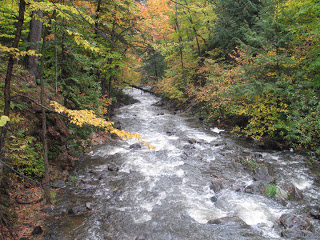
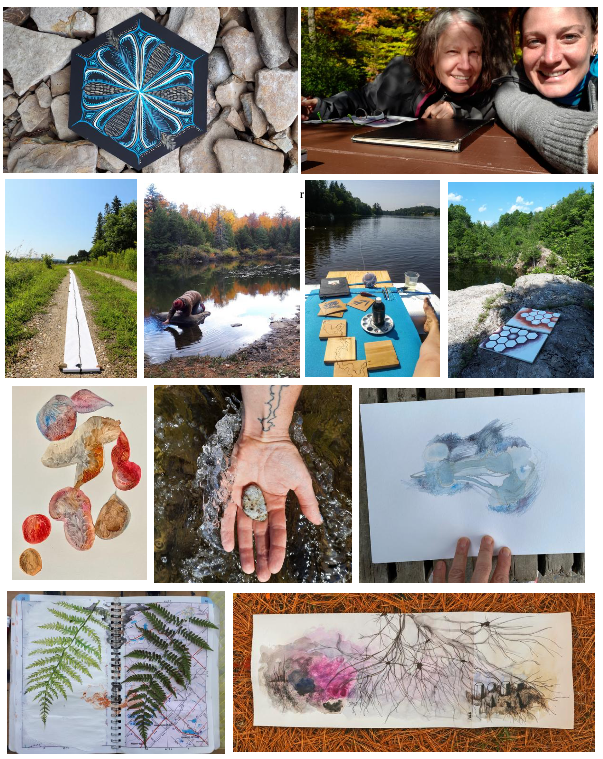
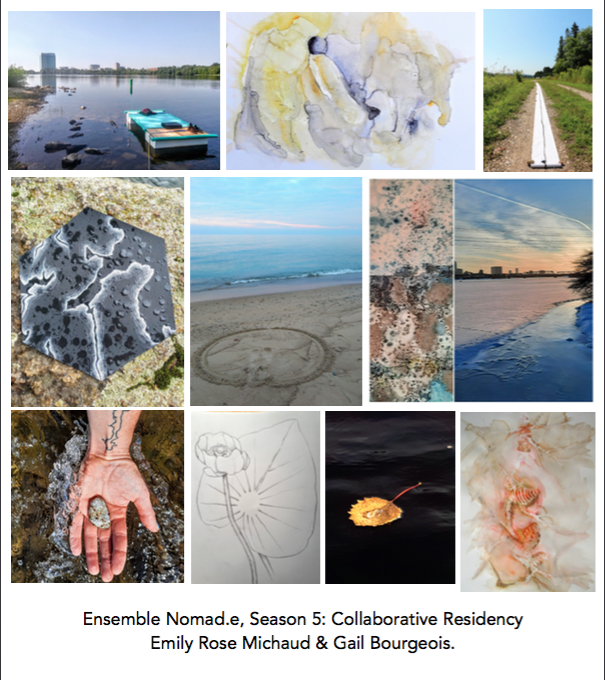
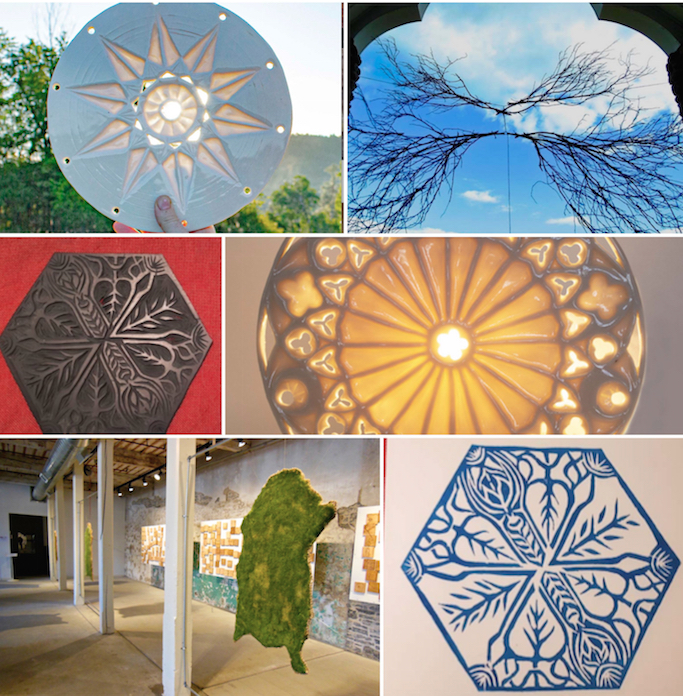
The passion of your response to what sounds like a serious, well-done film comes through your post. As I read, I felt the increasingly familiar reality of something in a place or group of people that can be heard if one 1) does not deny it 2) listens for it and 3) allows oneself to begin responding to it, to follow it.
Myself, I would not call these people artists, however. They share many traits of artists. Creativity is common to all people living, or trying to live, human lives. But art is something specific.
Art is not concretely useful, as their work is. That is craft or profession or trade. Art consists of objects of contemplation, stylized representations of reality, that enable consideration of the world in a specific and focused way, with all accidental elements and details omitted. More than any other book I have mentioned, I would recommend Ayn Rand’s _The Romantic Manifesto_ to you. It provided me with much clarity on this subject, as I mentioned the other night.
Must sign off for the night. Get well soon!
Another thought: just as these people have responded to the land as cooks, activists, etc, so could an artist respond with art, as you say, in relationship to a place, a community, an environment.
I am partly a designer, so when I am in a place, I start seeing things that could be there, that could fit, that could serve. Surely the same thing would happen with you just by your walking around a given bit of land. Listening this way is the most natural thing in the world and I can’t help but think the art that came of it would be incredibly beautiful and engaging and catalyzing.
“A committed relationship to one’s sense of place in the world becomes possible when one enters into a relationship of understanding with a chosen environment.”
I love this statement of yours. Understanding is only possible when one KNOWS what is happening with something. Knowing, in turn, depends upon study: observation of the thing. Observation–seeing, listening, touching, letting it all in without a plan–leads to the discovery that, yes, something is actually here, with its own nature and momentum. It is huge and beautiful and to be heard even more closely. Something is here to relate to, to understand in all its complexity. It is an understanding rooted in a rich pool of data, recorded and collected faithfully by the observer in reverence of what IS, without involvement in whatever ideas one might have of what could or should be.
Understanding leads to commitment to the place, to relationship with it, and also to the ability to follow it in its momentum with one’s own actions, be they those of a chef, a writer, a farmer, an artist. Then and only then does it become obvious what is to be done, which ultimately is the smallest part of the relationship. The main thing is the ecstasy of being together.
aecollected
and finally, followed.